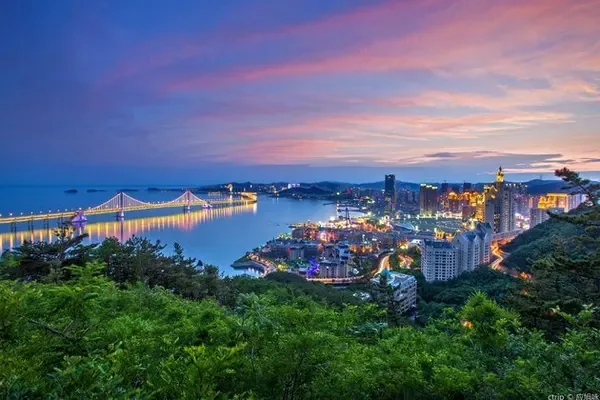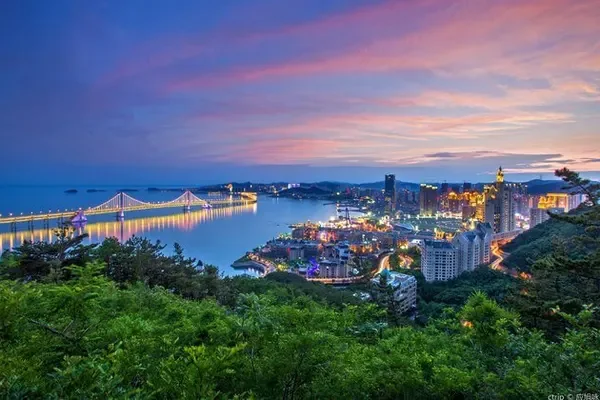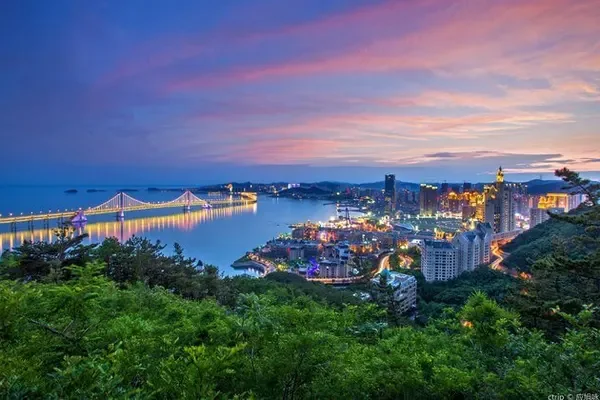introduce
Samye Monastery is located at the foot of Haburi Mountain in Zha Nang County, Shannan Prefecture. It is the first monastery in Tibet where ordained monks become monks, and the first monastery in the history of Tibetan Buddhism that has "Buddha, Dharma, and Monk". It is known as "a masterpiece in the history of architecture." . The temple buildings are laid out according to the Buddhist cosmology. The main hall has three styles: Tibetan, Han, and Indian. Therefore, Samye Temple is also called Sanyang Temple.
The Samye Temple is based on the Udabo Temple built by the ancient Indian Borneo Dynasty in Magadha. It was built under the leadership of Master Rinpoche and took 12 years to build. Legend has it that when it was first built, Chisong Dezan was eager to know what it would look like after it was completed, so Padmasambhava conjured the illusion of the temple from his palm. After seeing it, Chisong Dezan couldn't help exclaiming "Sangye" (meaning "unexpected") , "Unthinkable"), and later took this exclamation as the name of the temple. The Samye Monastery has undergone successive additions and expansions, covering an area of more than 4,900 square meters. Around the main hall, there are eight small islands, the Sun and Moon Hall, and four white, black, green, and red pagodas, all of which are magnificent in scale. In the early morning or in the evening, climb to the top of the Haburi Mountain next to the Samye Monastery, overlooking the panorama of the Samye Monastery and the Yarlung Zangbo River. The scenery is infinite.

The entire temple of Samye Temple faces south and consists of two parts: the central hall and the surrounding corridors. The layout of the temple is designed according to the structural layout of the "big thousand world" in Buddhist scriptures, and built according to the mandala of Tantric Buddhism. The Uzi Hall is the main body, representing Mount Sumeru, the center of the world. The four halls around the hall represent the four major continents and eight small continents in the four salty seas. The Sun and Moon halls symbolize the sun and moon halls in the universe, and the temple walls symbolize the world. Tiewei Mountain on the outskirts; four red, white, green and black pagodas are built around the main hall to subdue all evil gods and demons and prevent natural disasters and man-made disasters. There is a gate on each side of the wall, and the east gate is the main gate.
The Uzi Hall and corridors are full of murals. In addition to conventional themes, there are also well-known "Tibetan History" murals on the corridors in the middle of the wall. The paintings record that the Tibetan people have been bred from the combination of the Rakshasa girl and the monkey god in ancient legends. Go to Tsongkhapa to establish the Gelug Sect. The murals are 92 meters long, eloquent and magnificent, and are known as the "Historical Records of Painting" in Tibet. In addition, there are "Historical Records of Samye Temple" on the first and second floors of the main hall, and murals such as "Biography of Padmasambhava" on the south side of the second floor, all of which are exquisite and must not be missed.
On the south side of the east gate, there is a square-column stele erected in the Chisong Dezan period. In 779, Chisong Dezan made an oath to support Samye Monastery. In the porch of the main hall, there are also big bells cast by Princess Trisong Detsen and the prince.
The temple is surrounded by lush trees, lush forests, lingering rivers and canals, and black-necked cranes looking for food leisurely. It can be described as a fairyland and a plateau oasis.
opening hours
08:30-17:30 throughout the year; the specific business status is subject to the opening of the day
must see tips
Due to the long distance, you can consider lodging locally. There is a small hotel in the temple, but the food level in the restaurant there is not high.


